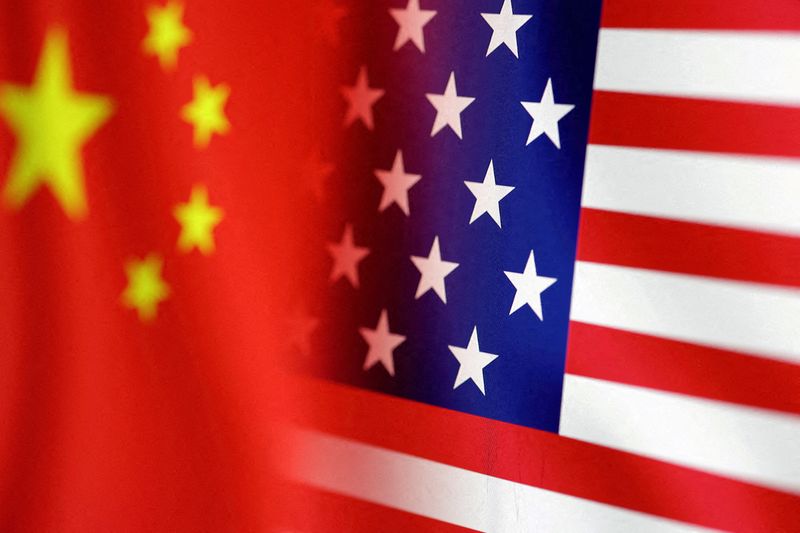5 big analyst AI moves: Apple lifted to Buy, AI chip bets reassessed
Investing.com - Elevated U.S. tariffs on China have dented exports from the country to "some degree," but the outward flow of items has resisted pressures from the levies better than many had anticipated, according to analysts at Capital Economics.
In a note, the analysts including including Julian Evans-Pritchard estimated that, in renminbi terms, quarter-on-quarter export growth from China has averaged an annualized 3.9% so far this year, down by 7.7% in 2024.
Firms in the world’s second largest have been racing to diversify their export markets this year in a bid to insulate themselves from a 35-percentage-point hike in tariffs under U.S. President Donald Trump.
Exports rebounded in September, boosting Beijing’s efforts to oversee economic growth of roughly 5% in 2025. Yet revived trade tensions with the U.S., including a threat from President Donald Trump to slap triple-digit levies on China in retaliation for tightened controls on exports of crucial rare earth materials, have clouded the wider outlook.
Representatives from China and the U.S. have been scrambling to save a proposed meeting between Trump and Chinese counterpart Xi Jinping in South Korea later this month, even as both sides exchange blame for the recent renewal in their trade fight.
For now, a fragile truce has held, although a trade relationship worth $660 billion a year remains at risk.
As of last month, the tariffs have done some damage to China’s economy, with the Capital Economics analysts estimating a negative impact of 0.3% of gross domestic product. This cost would have been greater if not for a weakening in the renminbi, they added.
However, although the effects of tariffs may have not yet been fully felt, the analysts said they were not "convinced that the damage will increase over time."
"[F]or most goods there is already enough production capacity outside China to meet U.S. demand, provided that non-Chinese producers pivot to serving U.S. consumers [...]," they wrote. "That, in turn, means that more non-U.S. demand can be met by Chinese exports, thereby dampening the effect of tariffs."
More broadly, the analysts said that, even if the tariffs have somewhat hit the position of Chinese exporters, "the big picture is that global trade flows are proving highly adaptable to U.S. tariffs, bending and twisting to minimize their impact."
